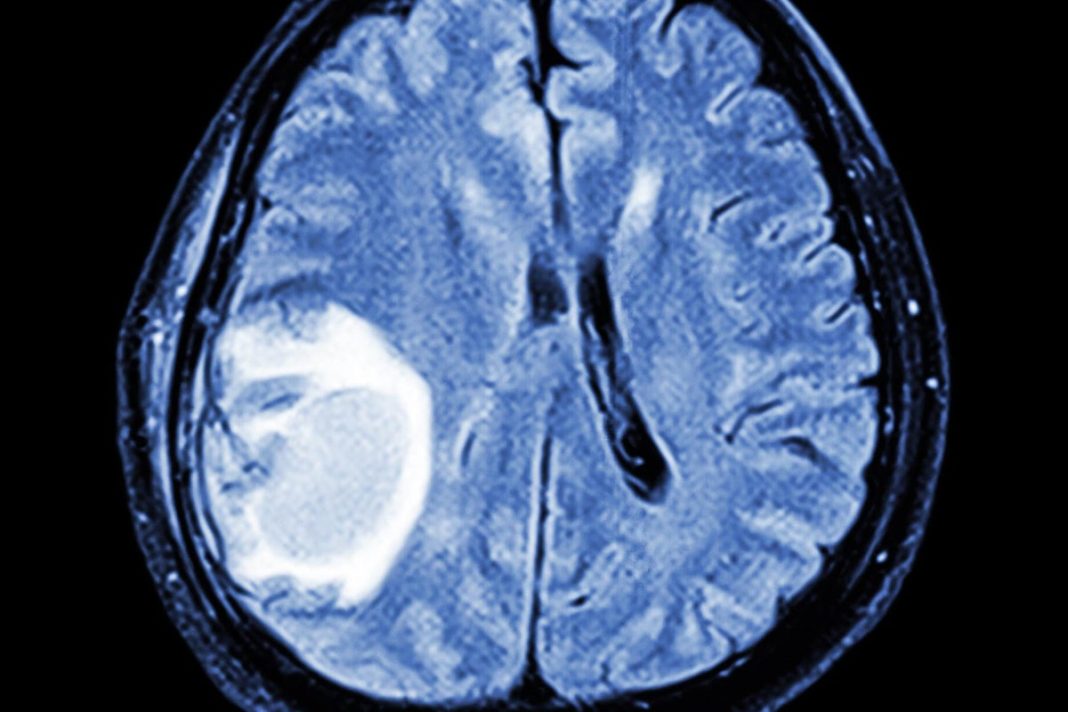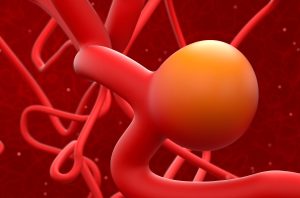Key Takeaways
- First-ever brain development atlas maps cell formation from embryo to adulthood
- Reveals new cell types and genetic regulators in human brain
- Could transform understanding of ADHD, autism, and schizophrenia
- International collaboration identifies over 5,000 brain cell types
Scientists have created the first comprehensive atlas of developing brain cells, a breakthrough that could revolutionize treatment for neurodevelopmental conditions like ADHD, autism, and schizophrenia. The research maps brain cell formation from embryonic stages through adulthood, revealing previously unknown cell types and genetic mechanisms.
Groundbreaking Brain Mapping
The preliminary atlas charts the intricate development of brain cells across species, with primary focus on human and mouse brains. Researchers meticulously tracked cell formation, differentiation, and gene activation patterns over time through the U.S. National Institutes of Health’s BRAIN Initiative Cell Atlas Network (BICAN).
“Our brain has thousands of types of cells with extraordinary diversity in their cellular properties and functions, and these diverse cell types work together to generate a variety of behaviours, emotions and cognition,” said neuroscientist Hongkui Zeng, director of brain science at the Allen Institute in Seattle.
The research has identified more than 5,000 cell types in the mouse brain, with at least as many expected in the human brain.
Unlocking Brain Development Mysteries
“The developing brain is an incredibly enigmatic structure because it is hard to access, comprised of so many distinct cell types, and rapidly changing,” explained UCLA neuroscientist Aparna Bhaduri, another research leader. “While we knew the big-picture shifts that happen during brain development, we now have a much more detailed understanding of what the pieces of the developing brain are.”
The atlas has already revealed crucial insights, including shared developmental pathways across species and unique human brain characteristics. Researchers discovered distinct cell types in the neocortex (responsible for higher cognitive function) and striatum (controlling movement).
Medical Applications and Future Research
The findings promise significant practical applications for understanding and treating brain disorders. “By understanding normal brain development in humans and animals, we will be better able to study what changes are happening in diseased brains,” Zeng noted.
Key discoveries include:
- Prolonged differentiation process in human cortical cells compared to animals
- Similarities between brain tumor cells and embryonic progenitor cells
- New genetic regulators of brain development processes
The research, published in Nature and related journals, could lead to more precise gene and cell-based therapies. “The goal is to ultimately understand not only what the pieces of the developing brain are, but also to describe what happens in neurodevelopmental and neuropsychiatric disorders,” Bhaduri said, noting relevance to both developmental conditions and .





